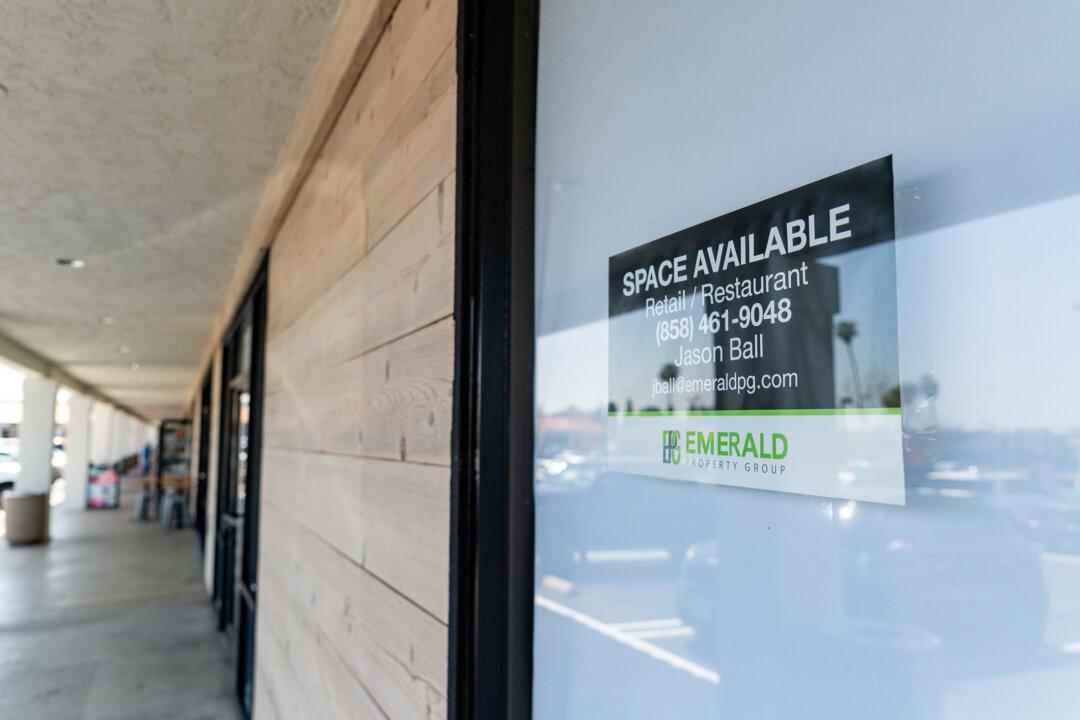Commentary
The latest inflation figures in the United States look relatively positive, with a slight decline in annualized inflation rates. However, only three components of the Consumer Price Index declined in December 2023.

The latest inflation figures in the United States look relatively positive, with a slight decline in annualized inflation rates. However, only three components of the Consumer Price Index declined in December 2023.